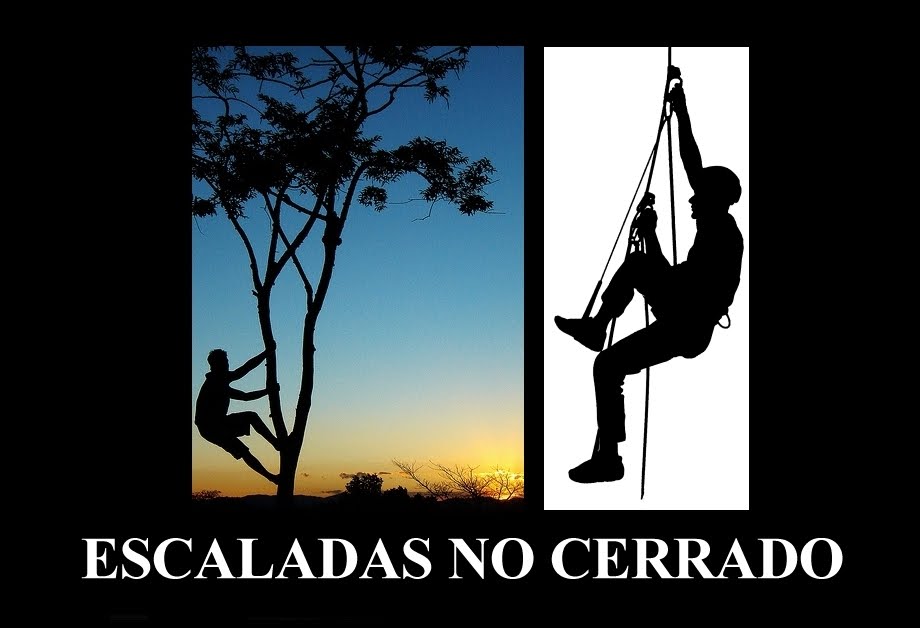By Margaret Hartley Monday, March 15, 2010
Gorilla Town is officially open, my son told me.
I hadn’t actually known that Gorilla Town, which is in the wooded area directly east of the house, closes for the winter, but my son should know. He’s the mayor.
And when he took me for a spring tour, I could plainly see the Gorilla Town flag hanging at Town Hall, which is up in a huge white pine tree. I could not see the road, a brick path that stretches from the edge of Gorilla Town to Town Hall because of the snow cover. But the mayor, who doubles as highway superintendent, said it should clear soon.
Town Hall is one of those big old trees that the foresters call wolf trees because they once grew alone, in a field or clearing, before the surrounding trees grew up. That gives them a thick trunk, wide crown and lots of heavy side branches, which makes them dangerous for cutting down but good for sitting in. Those first branches are a little too high for the mayor, who is short for his 9 years, so he uses a rope and two slanted boards to pull himself up.
Town Hall has a thin maple growing straight up into it, and also has a lunch delivery system made of a rope and an old Easter basket. “If you worry that I’m out too long and getting hungry you can just bring me some food and I can haul it up by this pulley,” the mayor explained to me.
When my sister and I were around the mayor’s age, we had an elaborate Viking village set up in our woods. (For the record, our names were Tobias and Thaddeus at the time, at least when we were living in the authentic Viking huts we had built with old sheets and blankets.) I also spent a lot of time up in trees, particularly a favorite box elder. I stored books and pencils and journals up there in a wooden box I had nailed to one of the branches, and I would have moved in permanently if it hadn’t been so close to my parents’ bedroom window.
My daughter likes reading and dreaming up in trees too. In fact, she’s the one who taught the mayor how to get into Town Hall.
But according to the National Wildlife Foundation, hanging out in trees is becoming a relic of the past. This week, the NWF is pushing its National Wildlife Week, encouraging “kids to unleash their wild child to learn, explore, discover and imagine, surrounded by a world of green.”
National Wildlife Week began 70 years ago, “when kids spent time climbing trees, skipping stones, and running barefoot in the grass. Oh, how times have changed,” the NFW said. “Today’s average child spends only 4-7 minutes outside each day. Compare that to the astounding 7 hours and 38 minutes per day the average kid spends engaged with electronic media, according to the Kaiser Family Foundation.”
Those numbers seem crazy to me. Even without play time, kids around here spend more than 4-7 minutes just waiting for the bus in the morning, outside. (My kids use that time to engage in one of their favorite activities: squabbling.) And after school and homework and dinner, are there even 7 hours and 38 minutes left to “engage with electronic media?”
Numbers aside, I do know that most kids don’t spend nearly enough time outdoors, or in what the experts call “unstructured play,” where they get to make up their own games, rules and worlds. Scientists, psychiatrists and any number of childhood experts, including the American Academy of Pediatrics, agree that kids need unstructured play time to relax, unwind and learn. And outdoors time has the added benefit of offering fresh air, lots of movement and a connection with the natural world.
Not everyone is lucky enough to live near woods and streams and trees. And schools are constantly cutting back on recess, limiting the time kids are allowed outside the building.
Which makes it all the more important to get out to parks, or to walk around your neighborhood. Even in urban settings you can find signs of the wild: See what kinds of trees grow around you, or look for bird and squirrel nests. A walk in a new neighborhood will reveal different trees, plants, birds and other animals. And who knows what secret towns are hiding in your town playground or your own backyard? You might have a mayor in your own family.
I might celebrate National Wildlife Week by spending some time in Gorilla Town Hall, sitting up their with the mayor, waiting for someone to deliver us lunch.
Margaret Hartley is the Gazette’s Sunday and features editor. Greenpoint appears in the Gazette’s print edition Sundays on the Environment page.
Have a question or a topic you’d like addressed on Greenpoint? Email greenpoint@dailygazette.net.
FONTE: http://www.dailygazette.com





























